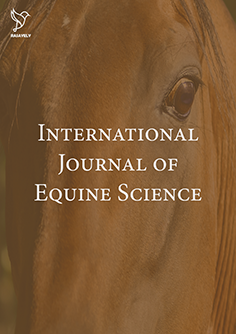The Next Decade for Sport Horses Will Be the Time of Wearable Technology
Wearable Techonology for Sport Horses
References
Kee P, Anderson N, Gargiulo GD, Velie BD. A synopsis of wearable commercially available biometric-monitoring devices and their potential applications during gallop racing. Equine Veterinary Education. https://doi.org/10.1111/eve.13800.
Downloads
Published
2023-08-15
Issue
Section
Editorials
License
Copyright (c) 2023 Guilherme de Camargo Ferraz

This work is licensed under a Creative Commons Attribution 4.0 International License.
Authors retain the copyright of their manuscripts, and all Open Access articles are distributed under the terms of the Creative Commons Attribution License, which permits unrestricted use, distribution, and reproduction in any medium, provided that the original work is properly cited.
How to Cite
Ferraz, G. de C. (2023). The Next Decade for Sport Horses Will Be the Time of Wearable Technology: Wearable Techonology for Sport Horses. International Journal of Equine Science, 2(2), 1–2. https://rasayely-journals.com/index.php/ijes/article/view/90

